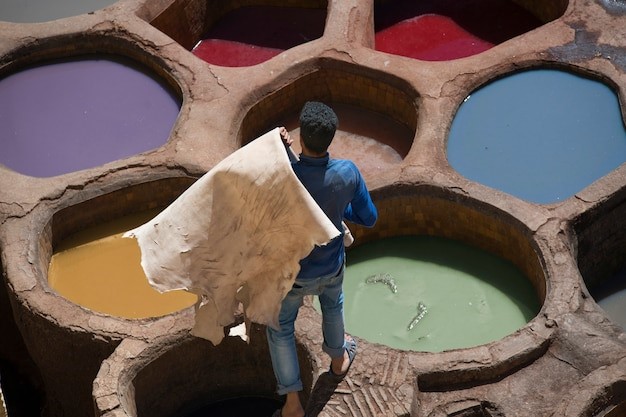Unleashing the Creative Potential of Concrete
Concrete used to be just a basic building material, but now it’s a symbol of creative architecture and artistic expression. In a world where buildings need to both look good and work well, architectural concrete has become really important.
In this article, we’ll talk about how this seemingly ordinary material has turned into something that architects can use to create amazing buildings that are a mix of art, engineering, and beauty.
The Versatility of Architectural Concrete
Architectural concrete goes beyond ordinary construction. It’s used in famous landmarks worldwide. For example, think of the Guggenheim Museum in Bilbao, Spain. Its flowing, curvy shape was created by using strong reinforced concrete in a clever way.
The material’s remarkable plasticity enables architects to conjure sculptural wonders that redefine entire cityscapes.
Concrete’s Eco-Conscious Evolution
As people are more aware of the environment, architectural concrete is becoming a symbol of sustainability. It’s tough and needs very little maintenance, which architects who care about the planet appreciate. Plus, it can absorb and release heat, making buildings use less energy and reducing their carbon footprint.
Unleashing Creativity with Texture and Finish
Architectural concrete is like a blank canvas ready for architects to experiment with different textures and finishes. They can choose to reveal the natural beauty of stones and pebbles with exposed aggregate finishes or make concrete surfaces shine like mirrors with polished finishes. The options are as endless as an artist’s imagination.
The Technological Revolution in Architectural Concrete
The relentless march of technology has fundamentally altered the landscape of architectural concrete. Parametric design and digital fabrication techniques have bestowed architects with the ability to create intricate, organic forms that were once mere dreams. Software-driven precision and efficiency in construction have opened doors to visionary architectural designs that defy convention.
Concrete’s Green Makeover
Concrete manufacturers are pioneering sustainable practices. Innovations like self-healing concrete, which can autonomously repair cracks, and carbon-neutral concrete, which curtails carbon emissions during production, are pushing the boundaries of eco-friendly construction. The future of concrete is not just strong; it’s green.
When Concrete Becomes Art
The Sydney Opera House (Sydney, Australia)
Designed by the visionary Jørn Utzon, this iconic structure’s distinctive sail-like shells are crafted from precast concrete panels. The complex geometries and unique textures on display here showcase the artistic possibilities that architectural concrete brings to life.
The TWA Hotel (New York, USA)
The revitalization of the TWA Flight Center at JFK Airport employed white concrete to faithfully recreate the building’s mid-century modern design. The result is nothing short of a time-traveling architectural spectacle.
Heydar Aliyev Center (Baku, Azerbaijan)
Zaha Hadid’s masterpiece, this undulating structure challenges the very essence of architectural norms. The unique shape of this building became a reality because architects used architectural concrete in a creative way. It shows how this material can break the rules and create something truly extraordinary.
Concrete, the Artistic Alchemist
Architectural concrete is like a beautiful marriage between art and engineering. It turns buildings into living pieces of art that are not only stunning but also very practical. Its ability to be used in many ways, its focus on being environmentally friendly, and the new technologies shaping its future are changing how we design and build things today.
As architects keep exploring the amazing things they can do with architectural concrete, we can expect to see more incredible buildings that leave a lasting impression on our cities. Whether it’s beautiful sculptures or eco-friendly structures, architectural concrete will keep changing our world, one amazing building at a time. It’s a future where art and engineering come together, and concrete plays a big role in it.




